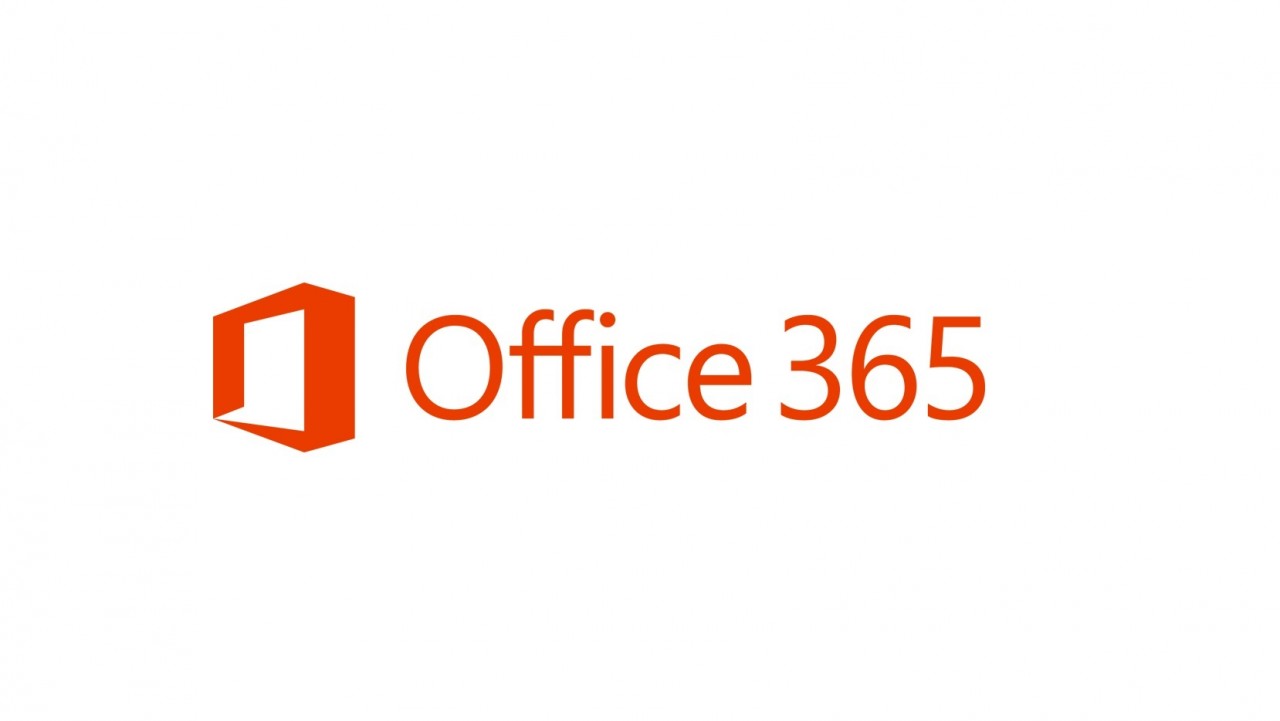AvePoint Introduces Backup for Office 365 Groups (Well, Outlook Groups)
An On-Premises Approach to Data
I have often been critical of ISVs who sell backup solutions to Office 365 tenants that are based on an application-centric view of data. Products can backup Exchange Online mailboxes or SharePoint document libraries, but fail when asked to deal with the emerging complexities that exist in cloud-only applications.
It’s understandable that vendors approach backup and restore from an application perspective. This is, after all, how software engineering has created and sold products for years. It is natural to worry about how to protect the contents of a mailbox or a document library because that is how it happens in the on-premises world.
But, as I keep on telling people, the cloud is different in many ways. Where products are different to integrate on-premises, they become contributors to a software toolkit in the cloud. Take Exchange 2013 and SharePoint 2013. When these products appeared, Microsoft touted the close working relationship and how this resulted in features such as site mailboxes. Although it is possible to make the two products talk nice to each other inside an on-premises deployment, it a horrible and complex task. The complexity might even be too much for Microsoft, which could be why Office 365 will soon disable the creation of site mailboxes. In an on-premises situation, most organizations are happy to leave applications run in their own space and backup vendors follow that approach.
Matters are very different when Microsoft takes care of integration. Features that depend on Exchange and SharePoint working in lockstep are robust and reliable because Microsoft makes sure that everything works. Automation ensures that systems are configured properly and the net result is that it is possible to create applications like Office 365 Groups, which use bits of Exchange, SharePoint, and OneNote and extend to Teams and Planner.
AvePoint and Office 365 Groups
I fully accept that many believe that backups are unnecessary in the cloud. That is certainly a valid stance to take, but others are equally certain that they need backups for different purposes, including to meet compliance and regulatory requirements.
AvePoint’s business is helping organizations to manage SharePoint. The DocAve application includes the ability to backup and restore items belonging to document libraries. AvePoint has now extended that ability to include conversations belonging to Outlook Groups, meaning that AvePoint can credibly claim to be the first ISV to support Office 365 Groups.
The distinction between Outlook Groups and Office 365 Groups is important. An Outlook group is one where an Exchange mailbox stores the conversations between group members. Microsoft has announced that Yammer groups will use Office 365 Groups to manage their identity and membership. This means that Yammer Groups will gain access to SharePoint team sites and a shared calendar held in an Exchange mailbox. As both Outlook and Yammer groups will then use Office 365 Groups for identity and membership, it means that conversation storage is the distinguishing factor between the two types of group.
In any case, AvePoint can deal with conversations in Outlook Groups but not those in Yammer Groups. That shouldn’t be a huge problem because Outlook Groups are likely to still be the choice of most tenants.
Groups are Complex
Before we all get too excited, we need to reflect on one very important point. Backup and restore of group documents and conversations is possible as long as the group object remains in Azure Active Directory. If an administrator removes the group object, it becomes much harder to restore everything back to where it should be.
Two factors contribute to the complexity. First, Microsoft does not offer a “soft-delete” capability for Office 365 Groups. When a group is removed from Office 365, it is “hard-deleted”, meaning that the group object is immediately removed from Azure Active Directory and the associated workloads. Second, Teams and Planner both rely on Office 365 Groups to manage their identity and membership and it is possible to delete a group from these applications only to experience an unexpected effect on Exchange and SharePoint. Removing a group can also affect Power BI and Dynamics CRM, which use groups to control access to workspaces.
Thus, a backup and restore application that supports Office 365 Groups needs to be aware of all the links that might exist between the Azure Active Directory group object, the basic workloads (Exchange and SharePoint), and extended applications. If not, a danger exists that it might not be possible to fully restore a group when needed.
One Step Forward
I applaud AvePoint for extending DocAve to support Outlook Groups. It’s a nice step forward along a path strewn with complexity. It remains to be seen what other ISVs do now to enhance backup products, but for now it seems like AvePoint leads the field.
Follow Tony on Twitter @12Knocksinna.
Want to know more about how to manage Office 365? Find what you need to know in “Office 365 for IT Pros”, the most comprehensive eBook covering all aspects of Office 365. Available in PDF and EPUB formats (suitable for iBooks) or for Amazon Kindle.



